Personal life
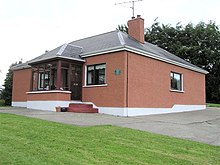

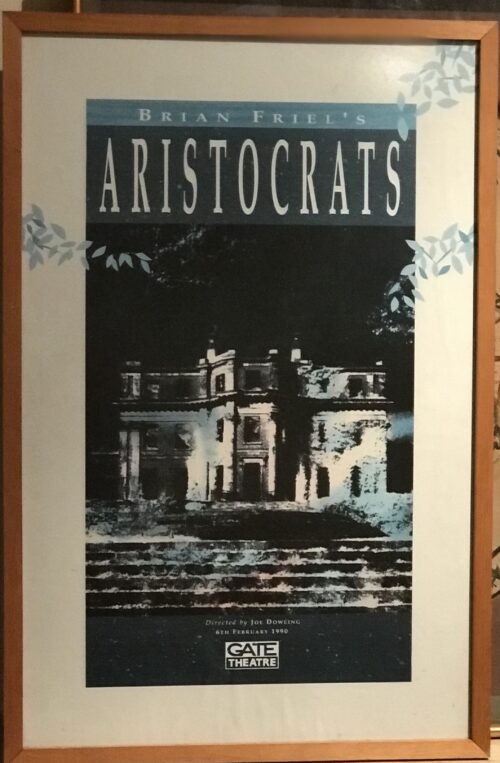

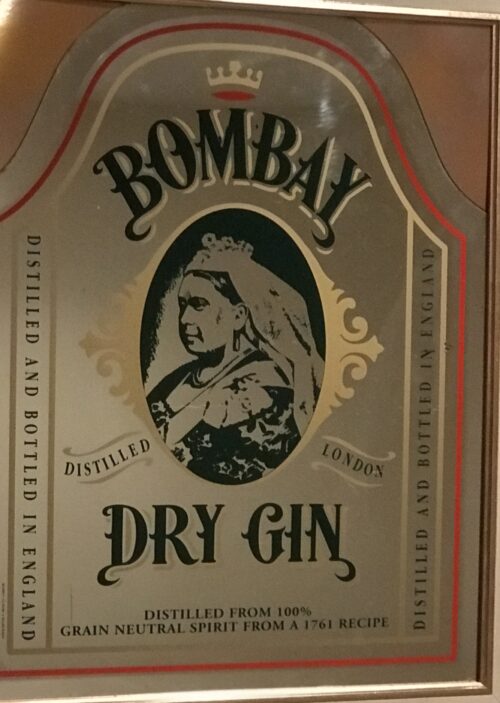
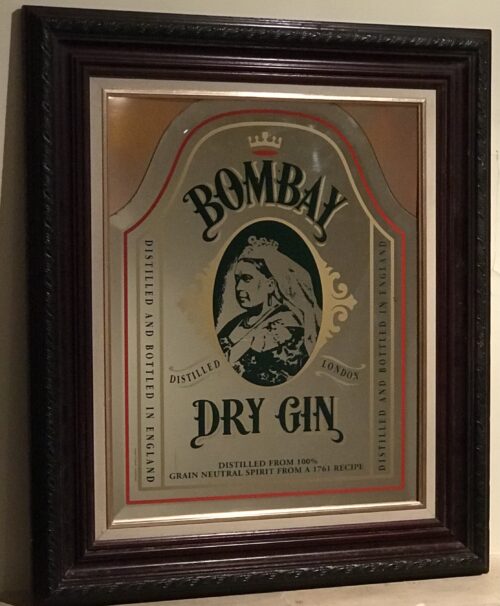
|
Bombay Sapphire was used in the video work Victoria Day (Bombay Sapphire), 2002 by contemporary artists Marina Roy and Abbas Akhavan. |

n 1863, Joseph Causton and his son, also named Joseph, developed the printing company which was to become the large and well known Joseph Causton & Sons Limited.
In 1867 the company was described as being a wholesale stationer and printer with a large warehouse at Southwark Street, London.
Joseph Causton was also a politician. He became a Councillor for Billingsgate, East London in 1868 and later Sheriff for London and Middlesex. The pinnacle of his career came when Queen Victoria opened Blackfriars Bridge and Holburn Viaduct in 1869 and he was knighted at Windsor Castle to mark the event. The company name now became Sir Joseph Causton & Sons Limited. Sir Joseph died just two years later but his sons, Joseph, Richard and James continued as partners of the firm.
The company moved to a large new printing works in Eastleigh, Hampshire in the 1930s. The printing works made labels for household brands including Marmite and Guiness. During The Second World War they printed secret maps for the government in a specially bricked off part of the building.
By the end of the 1960s Sir Joseph Causton & Sons Limited fortunes were in decline. In the mid 1970s the company was losing money but it was not until 1984 that the firm was taken over by Norton Opex. They in turn were acquired by Bowater and Sir Joseph Causton and Sons ceased trading.
The Causton name has survived only as Causton Envelopes Limited and Causton Cartons, which is a subsidiary of the Bowater Group, manufacturing cartons for the pharmaceutical industry.
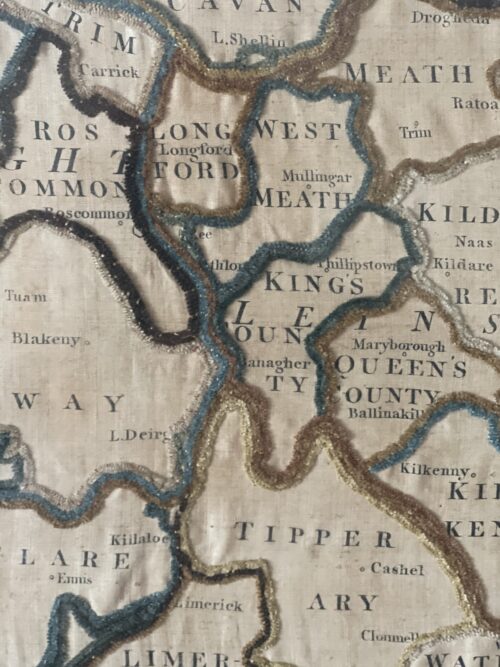
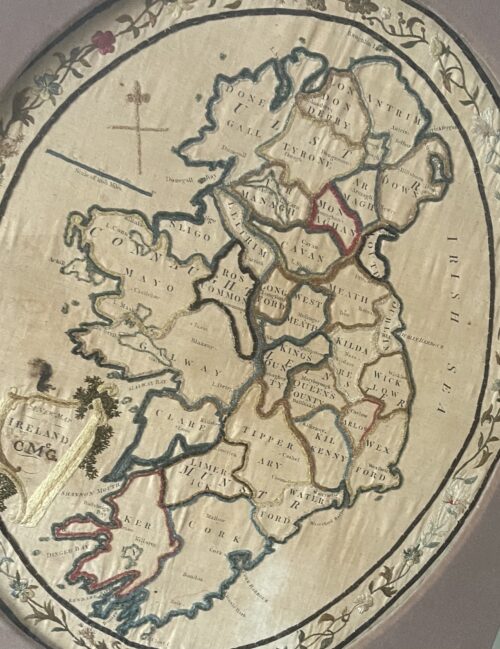












 Source: Photojoiner
EARLIER THIS YEAR, the controversial Cuban revolutionary Che Guevara appeared on an Irish stamp to commemorate 100 years since his birth.
As well as unearthing the debate around the divisive legacy of the Argentine who was pivotal in the struggle to overthrow Cuba’s dictatorship, it also brought to the fore a discussion of Guevara’s Irish links.
Che’s father, who’s full name is Ernesto Guevara Lynch, was proud of his Irish roots and the story of how his family built a business in Argentina after fleeing Ireland during Cromwell’s era.
Years later when Che was Cuba’s transport minister, he made an unscheduled stop off in Limerick, and wrote a letter to his father, who he thought would be pleased to hear that he was visiting a country of his ancestry, says Nathan Mannion, curator at Epic, the Irish emigration museum.
There’s another, non-familial link that Guevara has with the island of Ireland – the famous, ubiquitous two-tone print of Che was created by an Irish artist Jim Fitzpatrick, which was created using a photo by Cuban photographer Guerrillero Heroico.
Source: Photojoiner
EARLIER THIS YEAR, the controversial Cuban revolutionary Che Guevara appeared on an Irish stamp to commemorate 100 years since his birth.
As well as unearthing the debate around the divisive legacy of the Argentine who was pivotal in the struggle to overthrow Cuba’s dictatorship, it also brought to the fore a discussion of Guevara’s Irish links.
Che’s father, who’s full name is Ernesto Guevara Lynch, was proud of his Irish roots and the story of how his family built a business in Argentina after fleeing Ireland during Cromwell’s era.
Years later when Che was Cuba’s transport minister, he made an unscheduled stop off in Limerick, and wrote a letter to his father, who he thought would be pleased to hear that he was visiting a country of his ancestry, says Nathan Mannion, curator at Epic, the Irish emigration museum.
There’s another, non-familial link that Guevara has with the island of Ireland – the famous, ubiquitous two-tone print of Che was created by an Irish artist Jim Fitzpatrick, which was created using a photo by Cuban photographer Guerrillero Heroico.
 Source: Epic
After the stamp controversy earlier this year, Fitzpatrick told TheJournal.ie that he was used to the controversy around Guevara, dismissing the criticism and accusations levelled against him as “black propaganda”.
He added that he was “immensely proud” to have his artwork of the Irish-descendant revolutionary on an official Irish stamp.
Irish roots
Patrick Lynch was born and raised in 1715 to parents from two of the main tribes of Galway. But after defeats at the hands of Cromwell’s forces, and later those of William of Orange, he fled to Bilbao in the Basque region of northern Spain, and then to Rio de la Plata, which would later become Argentina.
“He became a prominent figure in the Spanish government, a leading civil servant,” Nathan told TheJournal.ie.
After travelling to Buenos Aires in 1749 to work as a captain in the Milicias, he married a wealthy heiress. The valuable lands he gathered over the years were then passed on to his son, who followed into his father’s line of business.
In the century that followed, one of Patrick Lynch’s descendants would set up a shipping company, fight in the Argentine army and Chilean navy, write novels and short stories, paint and found a movement for rural libraries in Argentina.
It’s hard not to see how that family history didn’t impact on young Che, who was athletic and political, as well as passionate about poetry.
But it was while Che Guevara toured South America during his 20s that the spark of political activism was lit – it was during this time that he also penned a book of his own – The Motorcycle Diaries, (which decades later was turned into a film of the same name).
Source: Epic
After the stamp controversy earlier this year, Fitzpatrick told TheJournal.ie that he was used to the controversy around Guevara, dismissing the criticism and accusations levelled against him as “black propaganda”.
He added that he was “immensely proud” to have his artwork of the Irish-descendant revolutionary on an official Irish stamp.
Irish roots
Patrick Lynch was born and raised in 1715 to parents from two of the main tribes of Galway. But after defeats at the hands of Cromwell’s forces, and later those of William of Orange, he fled to Bilbao in the Basque region of northern Spain, and then to Rio de la Plata, which would later become Argentina.
“He became a prominent figure in the Spanish government, a leading civil servant,” Nathan told TheJournal.ie.
After travelling to Buenos Aires in 1749 to work as a captain in the Milicias, he married a wealthy heiress. The valuable lands he gathered over the years were then passed on to his son, who followed into his father’s line of business.
In the century that followed, one of Patrick Lynch’s descendants would set up a shipping company, fight in the Argentine army and Chilean navy, write novels and short stories, paint and found a movement for rural libraries in Argentina.
It’s hard not to see how that family history didn’t impact on young Che, who was athletic and political, as well as passionate about poetry.
But it was while Che Guevara toured South America during his 20s that the spark of political activism was lit – it was during this time that he also penned a book of his own – The Motorcycle Diaries, (which decades later was turned into a film of the same name).
 Source: Epic
Referring to Che’s “restless” nature, his father declared “the first thing to note is that in my son’s veins flowed the blood of the Irish rebels”.
“Half a million, to a million of the Argentinian population claim to be of Irish descent. But there are problems with identifying people of Irish descent, because when the Irish arrived during that era, they were recorded as ‘British’, so it’s a little bit problematic identifying who was Irish and who wasn’t.
“So the ancestry of Guevara is quite exceptional – as they emigrated to Argentina long before most Irish people did, during the latter half of the 19th century, coming up to the Great Famine.”
Jim Fitzpatrick (born James Fitzpatrick in 1944) is an Irish artist. He is best known for elaborately detailed work inspired by the Irish Celtic artistictradition. However, his most famous single piece is rather different in style, his iconic two-tone portrait of Che Guevara created in 1968, based on a photo by Alberto Korda.
Jim Fitzpatrick was born in December 1944 to James and Elizabeth Fitzpatrick (née O'Connor). His parents had married in the north Dublin suburb of Cabra in June 1943. During a period of childhood sickness, Fitzpatrick read and drew in bed, as well as his mother and great-aunt telling him stories of the Tuatha Dé Danann, Cú Chulainn and Fionn MacCumhaill. He was educated at the Franciscan College Gormanston, County Meath, just north of Dublin. His father was a photo-journalist and he is a grandson of political cartoonist Thomas Fitzpatrick.
Fitzpatrick's earliest work was the graphic portrait of Che Guevara, which was based on the photograph by Alberto Korda, entitled Guerrillero Heroico, was taken on 5 March 1960. Fitzpatrick met Guevara 5 years earlier in Kilkee during Guevara's visit to trace his Irish ancestry. Having initially tried to distribute the poster himself, Fitzpatrick chose to remove copyright from the image so that is could be used freely by left wing groups, stating that "I literally wanted it to breed like rabbits. I wanted it to spread."
In 1978, he wrote and illustrated a book called The Book of Conquests, the retelling of a cycle of Irish myths, the Lebor Gabála Érenn. The book is a retelling of the legends of the coming of the Tuatha dé Dannan to Ireland and their fight with the Fir Bolg. The illustrations include intricate Celtic scroll work and knotwork, for which Fitzpatrick has become known. A second book, The Silver Arm, is based on the deeds of Nuada of the Silver Arm and Lugh in their fight with the Formor.
Fitzpatrick has produced artwork for bands such as Thin Lizzy including their Jailbreak album in 1976, for Sinéad O'Connor's 2000 album Faith and Courage, for The Darkness' 2003 single "Christmas Time (Don't Let the Bells End)",Norwegian black metal band Darkthrone's 2013 album cover The Underground Resistance, and took the photograph for the cover of Louise Patricia Crane's 2020 album Deep Blue.He was commissioned by CityJet in 2007 to create images reflecting Ireland's culture, mythology, history and landscapes.
In 2011, Fitzpatrick announced that he intended to copyright the iconic red and black Che Guevara graphic. He cited "crass commercial" use of the image for his decision and planned to hand over the copyright and all rights, in perpetuity, to the family of Guevara in Cuba. The image remains available for free through Fitzpatrick's website for non-commercial usage. An Post released a stamp featuring Fitzpatrick's image of Guevara in 2017 to mark 50 years since its publication.
Source: Epic
Referring to Che’s “restless” nature, his father declared “the first thing to note is that in my son’s veins flowed the blood of the Irish rebels”.
“Half a million, to a million of the Argentinian population claim to be of Irish descent. But there are problems with identifying people of Irish descent, because when the Irish arrived during that era, they were recorded as ‘British’, so it’s a little bit problematic identifying who was Irish and who wasn’t.
“So the ancestry of Guevara is quite exceptional – as they emigrated to Argentina long before most Irish people did, during the latter half of the 19th century, coming up to the Great Famine.”
Jim Fitzpatrick (born James Fitzpatrick in 1944) is an Irish artist. He is best known for elaborately detailed work inspired by the Irish Celtic artistictradition. However, his most famous single piece is rather different in style, his iconic two-tone portrait of Che Guevara created in 1968, based on a photo by Alberto Korda.
Jim Fitzpatrick was born in December 1944 to James and Elizabeth Fitzpatrick (née O'Connor). His parents had married in the north Dublin suburb of Cabra in June 1943. During a period of childhood sickness, Fitzpatrick read and drew in bed, as well as his mother and great-aunt telling him stories of the Tuatha Dé Danann, Cú Chulainn and Fionn MacCumhaill. He was educated at the Franciscan College Gormanston, County Meath, just north of Dublin. His father was a photo-journalist and he is a grandson of political cartoonist Thomas Fitzpatrick.
Fitzpatrick's earliest work was the graphic portrait of Che Guevara, which was based on the photograph by Alberto Korda, entitled Guerrillero Heroico, was taken on 5 March 1960. Fitzpatrick met Guevara 5 years earlier in Kilkee during Guevara's visit to trace his Irish ancestry. Having initially tried to distribute the poster himself, Fitzpatrick chose to remove copyright from the image so that is could be used freely by left wing groups, stating that "I literally wanted it to breed like rabbits. I wanted it to spread."
In 1978, he wrote and illustrated a book called The Book of Conquests, the retelling of a cycle of Irish myths, the Lebor Gabála Érenn. The book is a retelling of the legends of the coming of the Tuatha dé Dannan to Ireland and their fight with the Fir Bolg. The illustrations include intricate Celtic scroll work and knotwork, for which Fitzpatrick has become known. A second book, The Silver Arm, is based on the deeds of Nuada of the Silver Arm and Lugh in their fight with the Formor.
Fitzpatrick has produced artwork for bands such as Thin Lizzy including their Jailbreak album in 1976, for Sinéad O'Connor's 2000 album Faith and Courage, for The Darkness' 2003 single "Christmas Time (Don't Let the Bells End)",Norwegian black metal band Darkthrone's 2013 album cover The Underground Resistance, and took the photograph for the cover of Louise Patricia Crane's 2020 album Deep Blue.He was commissioned by CityJet in 2007 to create images reflecting Ireland's culture, mythology, history and landscapes.
In 2011, Fitzpatrick announced that he intended to copyright the iconic red and black Che Guevara graphic. He cited "crass commercial" use of the image for his decision and planned to hand over the copyright and all rights, in perpetuity, to the family of Guevara in Cuba. The image remains available for free through Fitzpatrick's website for non-commercial usage. An Post released a stamp featuring Fitzpatrick's image of Guevara in 2017 to mark 50 years since its publication.




The ballad is named after a crossroads between Ennis and Tulla in east Clare, the site of a centuries-old horse fair held every June. In 1870 a young man from the locality, Michael Considine, bade farewell to his sweetheart Mary McNamara and left for the US. He hoped to earn sufficient money to enable her to join him.
However, he died in California in 1873. Before his death he wrote a poem dedicated to Mary which he posted to his six-year-old nephew, John, back home.
Seventy years later McMahon was given the words at a house party. His singing of the ballad was warmly received by those in attendance, who included the author’s nephew, then an elderly man.
Many singers have recorded the ballad, but McMahon insisted his was the authentic version. He told The Irish Times in 2006: “Nowadays the song is not sung correctly. Many singers put words that are not in it [at] all, singing stuff like ‘Johnny, I love you still’. There’s no ‘Johnny’ in that song.” The late writer Bryan MacMahon was an early admirer of his namesake’s talent and had high praise for his ability as a performer and entertainer.
Singer Maura O’Connell warmed to Robbie McMahon’s “great big personality”, and said that he made Spancil Hill his own.
Born in 1926, he was the third youngest of 11 children, one of whom died in childhood, and grew up on his father’s farm in Clooney, near Ennis. There was music in the family, and all the children sang. Young Robbie was something of a mischief-maker, hence the title of an album he recorded later in life – The Black Sheep.
He began singing in public at the age of 18, and went on to win 16 all-Ireland titles at fleadhanna around the country. In the 1950s, 1960s and 1970s he toured Britain and the US with a troupe of traditional musicians under the auspices of Comhaltas Ceoltóirí Éireann.
As a songwriter, he is best known for the Fleadh Down in Ennis, which celebrates the 1956 all-Ireland fleadh cheoil. Other compositions include Come on the Banner, the Red Cross Social and the Feakle Hurlers, in honour of the 1988 Clare county champions.
A lilter, he was renowned for his performance of the Mason’s Apron, in which he simulated the sound of both the fiddle and accompanying banjo.
Possessed of a store of jokes, ranging from the hilarious to the unprintable, he was as much a character as a singer and was more comfortable with the craic and banter of casual sessions than with formal concerts.
He was the subject of a film documentary Last Night As I Lay Dreaming. Clare County Council hosted a civic reception in his honour in 2010, and he was the recipient of the Fleadh Nua Gradam Ceoil in 2011.
He is survived by his wife Maura, daughters Fiona, Noleen and Dympna and son Donal.








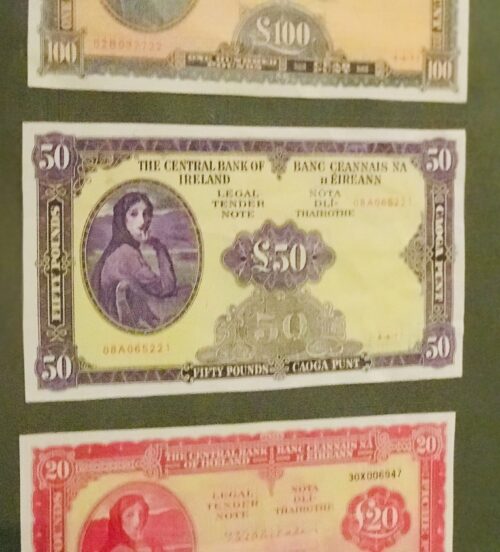
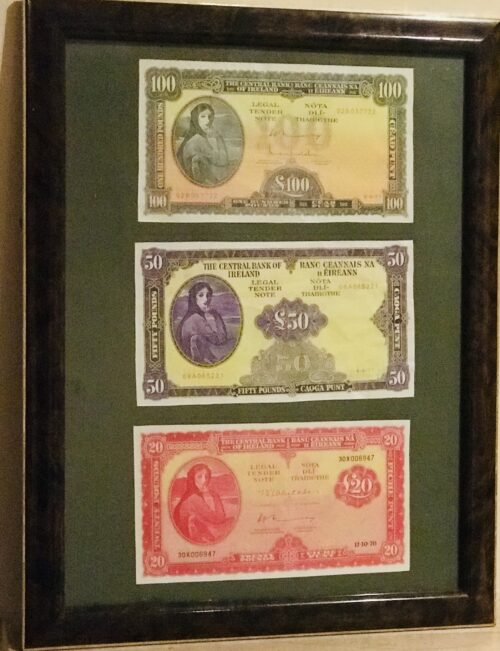




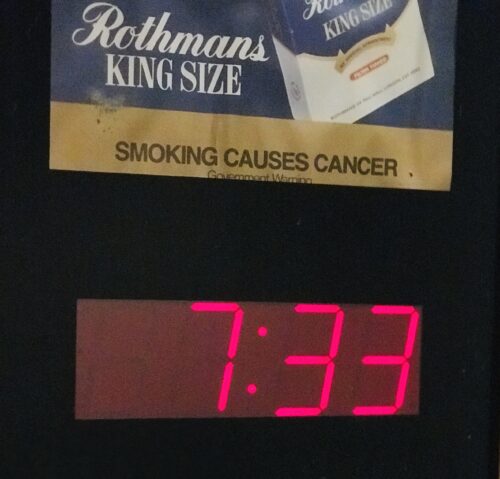
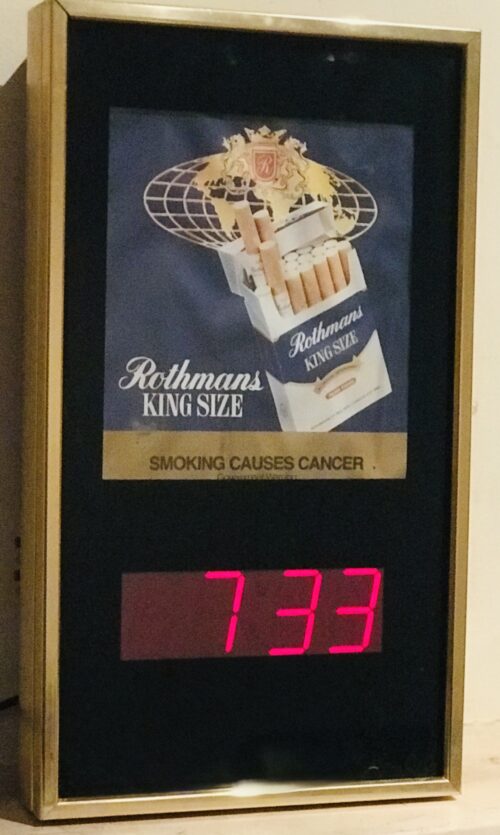




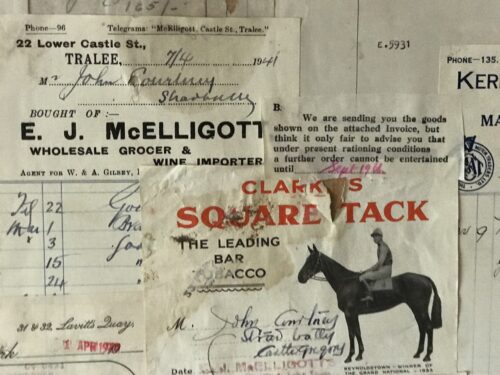
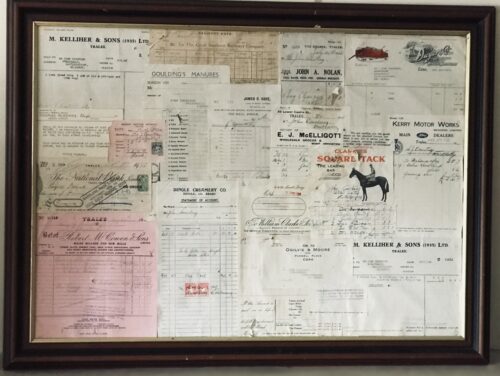









'Twas a new game to me. But I knew one person. He was in goal for UCD and his name was Tadhg Hurley. He went to school in Dingle and he had hurling because his father was a bank manager and had spent time in Tipperary or Cork. The moment my minute started, he was saving a fantastic shot. And he cleared it away out, I can still see it, out over the sideline, Cusack Stand side of the field, eighty yards out. But it was deflected out by a member of the opposition. The adjudicators couldn't see that that didn't happen. Who was called out to take the line-ball? The only person I knew, Tadhg Hurley. And he took a beautiful line-ball - Christy Ring never took better. He landed it down in front of the Railway goal, there was a dreadful foul on the full-forward, and there was a penalty. And who was called up to take the penalty? Tadhg Hurley. 'Twas the best individual display ever seen in Croke Park. It took him at least a minute to come from the Canal goal up. And while he was coming up I spoke about his brother Bob, who was in Donal's class, and his sister who used to come out to Dún Síon strand during the summer. So eventually he took the penalty. I've seen DJ Carey, I've seen Nicky Rackard, I've seen Christy Ring. None of them could ever equal the display he gave that day... Sin mar a thosaigh sé!Ó Muircheartaigh was the one selected and his first assignment was to provide an all-Irish commentary on the 1949 Railway Cup final on St. Patrick's Day. He graduated from St. Patrick's College a little later and also completed a Bachelor of Arts degree from University College Dublin. He taught economics, accountancy and Irish in both primary and secondary schools throughout Dublin, the majority of which were run by the Christian Brothers. He continued teaching up until the 1980s, when he became a full-time broadcaster with Raidió Teilifís Éireann. For the early part of his broadcasting career Ó Muircheartaigh commentated on Minor GAA matches, in the Irish language. He also replaced the legendary Micheál O'Hehir when he was not available to commentate. Eventually when O'Hehir was forced to retire in the mid-1980s Ó Muircheartaigh took over as the station's premier radio commentator. He developed his own inimitable style of commentary and his accent is unmistakably that of a native Irish speaker. He is a true lover of Gaelic Athletic Association and it is reflected in the enthusiasm he brings to matches. His unusual turn of phrase has made him a much loved broadcaster and often imitated character. He has become particularly famous in Ireland for his unusual turns of phrase in the heat of the moment while commentating. Today he commentates on RTÉ Radio 1. In 2004 he published his autobiography, 'From Dún Sion to Croke Park'. Ó Muircheartaigh's commentaries for RTÉ Radio 1's Sunday Sport show won him a Jacob's Award in 1992. He was also the Parade Grand Marshal for the 2007 St. Patrick's Festival, having been given the honour by the chairman of the Festival in recognition and appreciation of his unique contribution to Irish culture. He will be the Parade Grand Marshal for the 2011 St. Patrick's Parade in Toronto, Ontario, Canada, also in recognition and appreciation of his unique contribution to Irish culture. On 16 September 2010 he announced his retirement from broadcasting. The last All-Ireland he commentated on was the 2010 All-Ireland Senior Football Championship Final on 19 September 2010.On 29 October 2010 it was announced that the 2nd International Rules test at Croke Park would be Ó Muircheartaigh's final broadcast as commentator on RTÉ Radio 1. On 30 October 2010 Micheál commentated his final commentary alongside RTÉ's pundit and former Meath footballer Bernard Flynn. He is contracted to officiate at the 2011–12 Volvo Ocean Race finish in Galway when he will commentate on the finish to the round the world race, to give it a uniquely Irish conclusion. Sailing has been a long time hobby of O Muircheartaigh. Ó Muircheartaigh writes a weekly sports column for Foinse, the Irish-language newspaper free with the Irish Independent each Wednesday. Ó Muircheartaigh was invited to read out a piece in Irish and in English at an event called "Laochra" in Croke Park on 24 April 2016 to commemorate the 100th anniversary of the Easter Rising.



